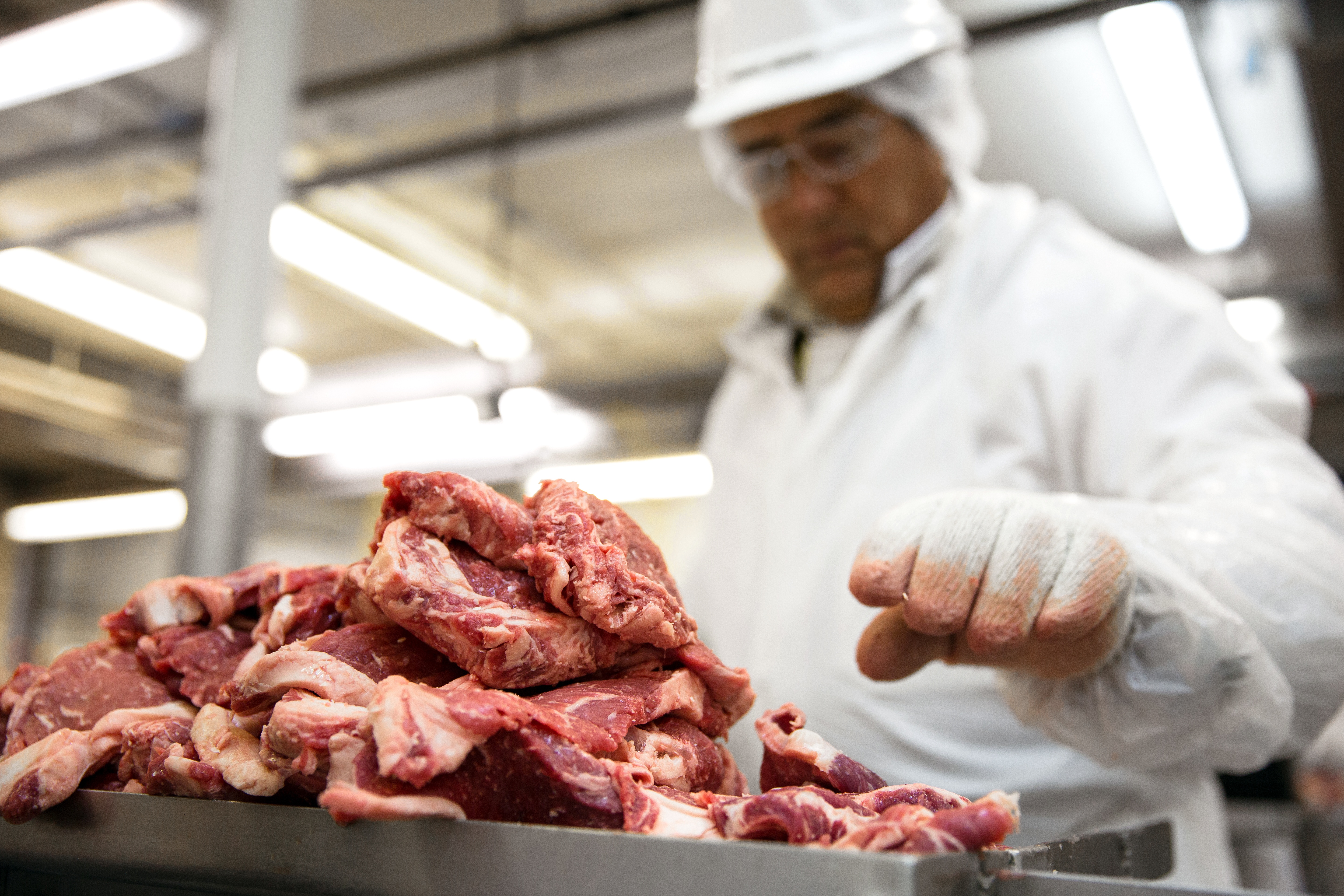Some workplace atmospheres contain hazardous substances that endanger the health and safety of your employees. Respirators can protect your staff from potentially irreversible health effects, including serious injury or death.
What are respirators?
A respirator is a special protective device that is used in the workplace. It covers the nose and mouth – or the entire head and face – to protect the wearer from hazards in the atmosphere. They can be tight (half masks) or loose fitting (hoods or helmets), and are classified into two major types:
1) air-purifying : removes contaminants from the air
2) atmosphere-supplying: provides clean breathable air
Click here to get free respirator samples!
Why are they so important?
Respirators are an essential piece of safety equipment for employees who are working in environment that contains health hazards which may cause cancer, lung impairment, other diseases or death. They are so important in protecting worker health that specific procedures are necessary to ensure that this equipment is functioning effectively.
When are they required?
There are two situations when respirators are vital:
1) Environments with insufficient oxygen
Respirators are mandatory when employees are working in environments that contain insufficient oxygen. Some types of atmosphere-supplying respirators can be used when working in oxygen deficient areas, because workplace accidents are more likely to occur due to a loss of concentration or coordination. Insufficient oxygen can lead to increased breathing rates, accelerated heartbeat, impaired thinking and compromised motor skills – all significant hazards.
2) Environments with toxic substances present
If an employee is working in an area where harmful dusts, fogs, smokes, mists, fumes, gases, vapors or sprays are present, they will need to use respirators. If toxic substances are present in the workplace because engineering controls are unable to reduce or eliminate them, respirators are absolutely necessary. Atmospheric contamination can have serious consequences for workers, potentially resulting in cancer, disease or death.
Respirators are important, but should always be used in conjunction with other workplace safety controls to minimise toxic contamination in worksites and reduce employee exposure.





